I’m returning to one of my favourite books today, Buchan’s Domestic Medicine. At the back of my 1809 copy is a British Family Herbal, containing details of all the items thought necessary for both domestic use and for private medical practice.
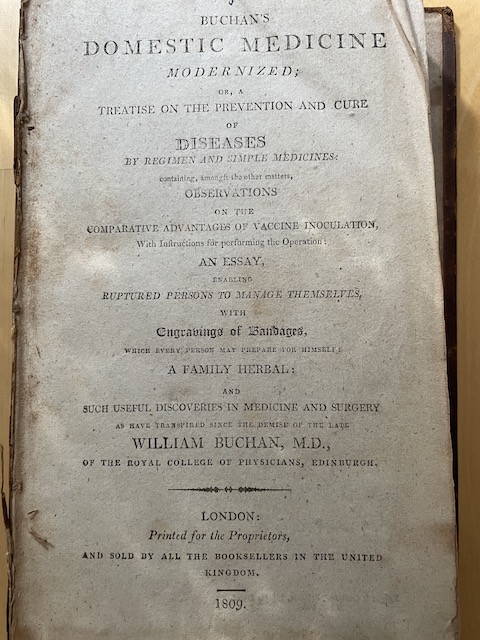
I’ve made a selection of some that will be familiar to you and some that you probably never thought had medicinal purposes.
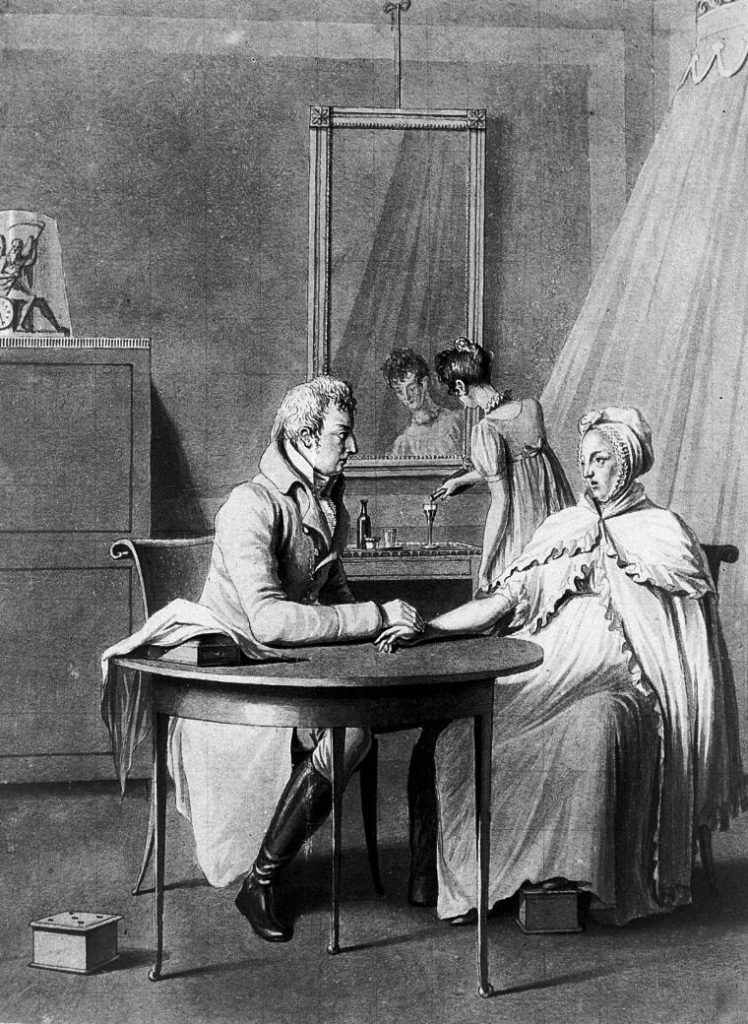
Listed alphabetically, it starts with the vegetable kingdom.

Almonds are first on the list; their oil was claimed to have sedative and diuretic qualities.
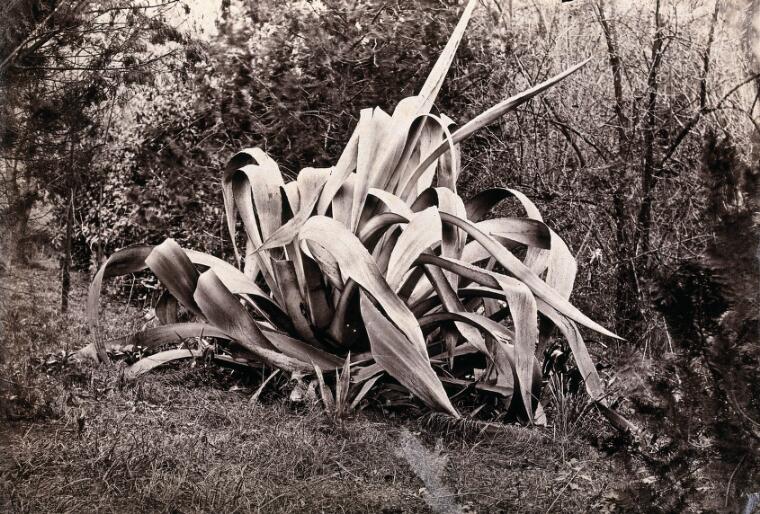
Aloes were used to purge or to stimulate and could be used in several forms; pills, powder, solution or tincture.
Amber, which today is mainly used in jewelry, was considered a tonic and taken as an oil, powder, salt, or tincture.
Bears-foot, a perennial plant native to England sounds pretty horrid. Its leaves are described as smelling disagreeable with a bitter and acrid taste. Grains made from the dried leaves or syrup made from their juice were recommended to be given every morning and evening to children aged five to six years to destroy worms. These were only to be given sparingly at first as their effect could be fatal.
Burdock, a plant associated in more recent times with the popular drink, Dandelion and Burdock , was known as a diuretic, but it was also said to be good for ‘scurvy, rheumatism, and dropsy’.
Even humble carrot seeds were said to have their uses in treating scurvy and dropsy.
Columba, the root of a plant from the ‘island of Ceylon’ was said to be good for stopping vomiting.
Coriander, a popular ingredient in curries today, was used in conjunction with senna, a known purgative, to counteract the griping pains caused by the senna.
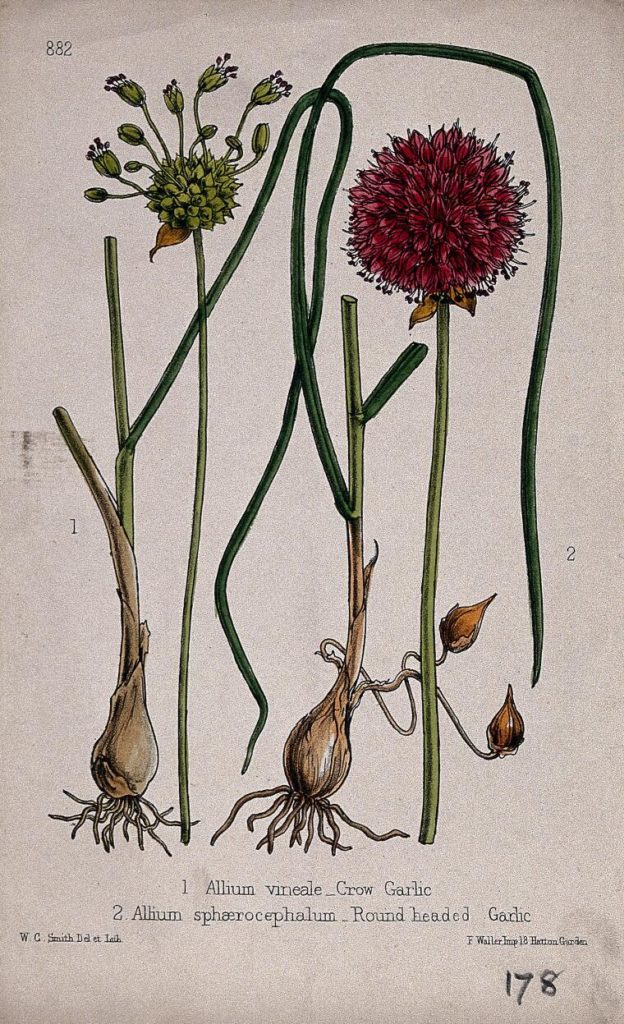
Garlic had many medicinal uses, which may seem strange to those of us who only use it for flavouring; taken internally it was said to be a stimulant, an expectorant, a diuretic, a laxative, and it was also used to induce sweating. Buchan’s book highly recommends it ‘as an excellent medicine for the aged and phlegmatic’. Drops of garlic juice applied to the ear were supposed to cure deafness.
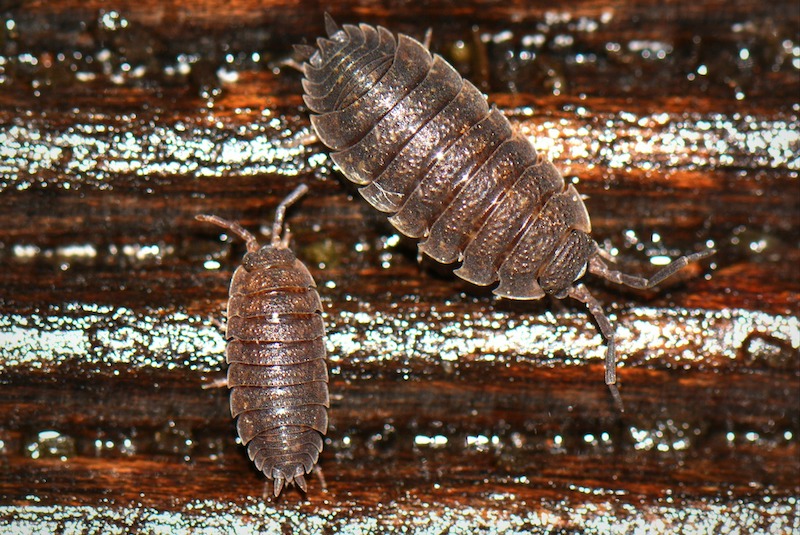
Surprisingly, included in this list of vegetable products are millipedes or wood lice. Described as smelling disagreeable with an unpleasant taste, they were to be either swallowed whole or ground to a powder as a treatment for obstructions of the liver or the suppression of urine. I’m with Buchan here, who states: ‘We have a mean opinion of their virtues.’
Among its many uses, mustard when combined with vinegar and bread crumb could be made into a poultice and applied to the ‘pained parts in chronic rheumatism; or to the soles of the feet in the low state of fevers.’
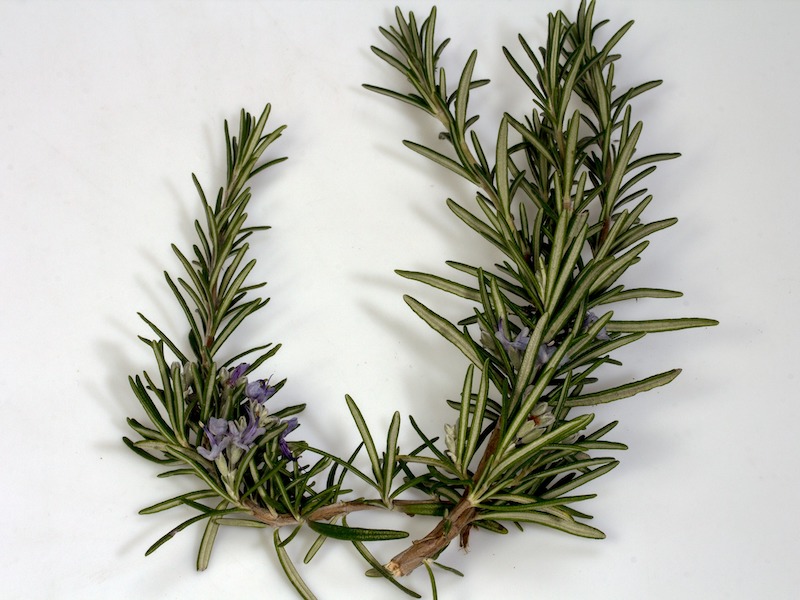
Another herb that is often used in cooking today, rosemary, when made into a tea, was useful for violent headaches and other nervous complaints. The oil of rosemary was also a principal ingredient of Hungary water, a popular perfume from the 14th century and which was considered to be a remedy for ailments such as toothache, earache, and for cleansing out the body.
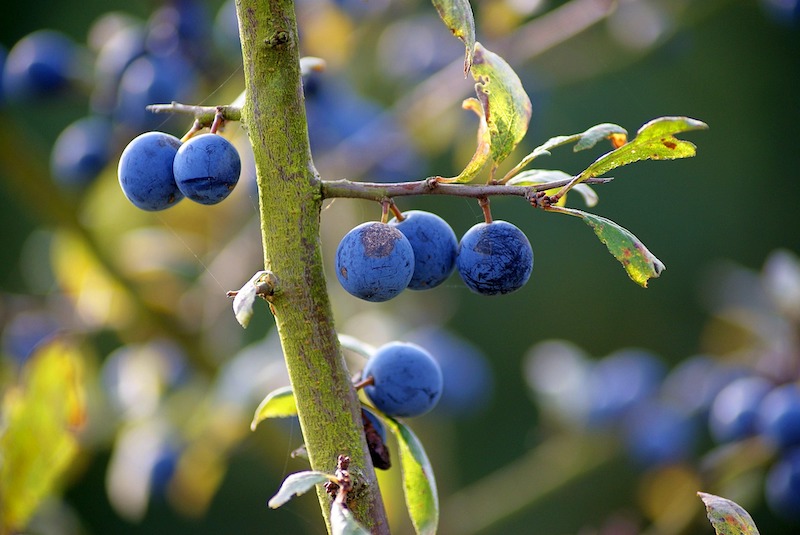
Sloes, which I much prefer when combined with gin, when mixed with cinchona bark ‘makes an efficacious gargle for relaxed tonsils.’
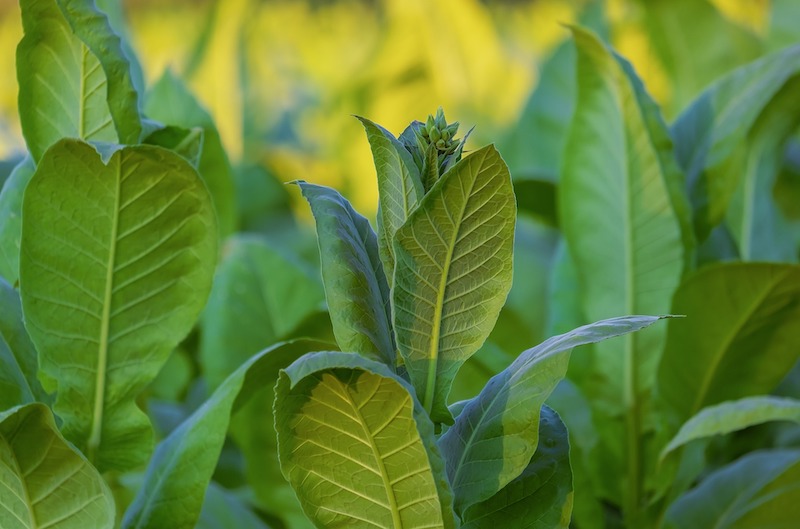
To end my selection of medicinal vegetables, I’ll finish with tobacco. Even in this period it was described as a narcotic, but was recommended as a cure for toothache when chewed or smoked. An infusion of tobacco applied to the skin was said to cure itches and other cutaneous diseases. It was also known to cure the mange in dogs!
If you’re of a delicate constitution, then stop reading now.
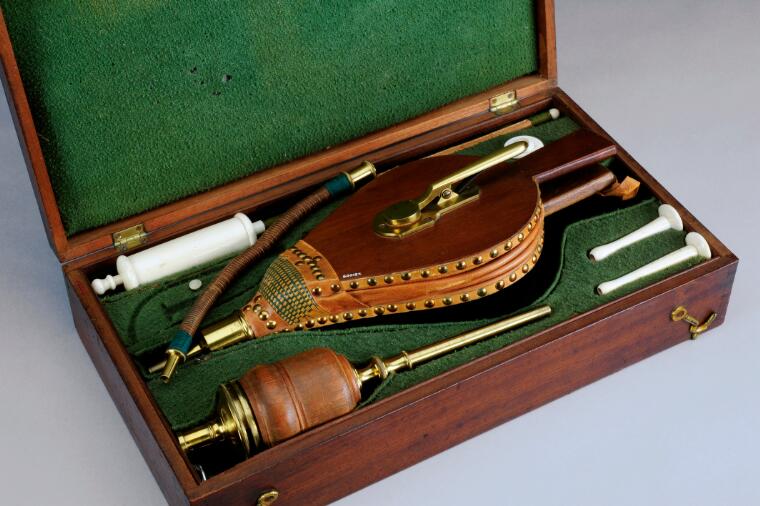
Tobacco smoke when injected into the anus by means of bellows was sometimes employed in an effort to revive ‘in cases of apparent death by drowning or suffocation, and in evacuating the intestines in cases of obstinate constipation.’
I don’t know about you, but I’m really happy that medicine has moved on.
Do you know of any unusual items that were once thought to have medicinal properties?
Images
Title page of Buchan’s Domestic Medicine
Watercolour: a doctor visiting a sick woman. Wellcome Collection. Attribution 4.0 International (CC BY 4.0)
Almonds
Large aloe plant https://wellcomecollection.org/works/nsvucxg6
Round-headed garlic (Allium sphaerocephalon) and crow garlic (Allium vineale): flowering stems and bulbs. Coloured lithograph by W. G. Smith, c. 1863, after himself. Wellcome Collection. Public Domain Mark
Woodlice
Rosemary
Sloes
Tobacco plant
Resuscitation kit https://wellcomecollection.org/works/dfpkv2ff

